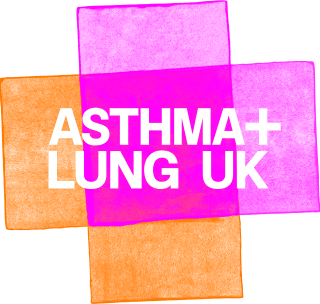Symptoms of pulmonary embolism
The symptoms of a pulmonary embolism can vary and depend on the size of your blood clot. Sometimes a small pulmonary embolism may mean you have no symptoms at all.
The main symptoms of a pulmonary embolism are:
- chest pain
- feeling short of breath
- finding it hard to breathe
- coughing up blood
- a very fast or irregular heartbeat
- feeling faint
- passing out.
The main cause of a pulmonary embolism is a deep vein thrombosis (DVT). If you have a DVT you may have a painful, red or swollen leg, usually in your calf. On black or brown skin, your skin may look darker or discoloured. You can read more about what DVT looks like on the NHS website.
When to get medical help
A pulmonary embolism is a medical emergency and can be life threatening if it is not treated quickly.
Ask for an urgent GP appointment or call 111 if:
- you suddenly find it hard to breathe
- you're coughing up blood.
We know it can sometimes be hard to get a GP appointment, so we have information to help you.
Call 999 or go to A&E if:
- you’re finding it very hard to breathe
- you feel pain in your chest or upper back
- your heart is beating very fast
- someone has passed out.
These could be signs of a pulmonary embolism or another serious condition.

Get support
Call our helpline for support with your condition. Get advice on your medicines, symptoms or travelling with a lung condition, or just call us to say hello.








